Cats, with their innate curiosity and exploratory nature, can be exposed to toxic substances in their surroundings. Knowing how to recognize the signs of poisoning and act quickly can mean the difference between life and death for your pet. This optimized guide details how to treat a poisoned cat at home using vet-approved methods when immediate veterinary care isn’t available.
How to Recognize Symptoms of Poisoning in Cats
The first signs of poisoning in cats are often very noticeable. Here are the main symptoms to watch for:
- Excessive drooling or foaming at the mouth: A common sign of poisoning is excessive saliva or foam coming from the corners of the cat’s mouth.
- Uncoordinated walking: If your cat seems wobbly or unable to maintain balance, it could be affected by a toxic substance.
- Vomiting: Some cats may expel ingested poison almost immediately, which can be an early indicator of poisoning.
- Dilated pupils: Poisoning often disrupts the nervous system, causing noticeable pupil dilation.
- Seizures: In more severe cases, cats may experience muscle spasms or tremors.
If your cat shows any of these symptoms, it’s crucial to act immediately. The first four hours after exposure to poison are critical to saving their life.
First Steps: What to Do Immediately
1.- Move the Cat to a Ventilated Area
The first step is to place the cat in a well-ventilated area. This is especially important if the poisoning was caused by inhaling substances like pesticides or cleaning products. Fresh air will help reduce the amount of poison absorbed by their system.
2.- Identify the Source of the Poison
Try to determine what the cat might have ingested or inhaled. This is vital for deciding the next steps. For example:
- If you suspect ingestion of a corrosive substance like bleach or antifreeze, do not induce vomiting, as this could cause further damage to the esophagus and mouth on the way back up.
- If you are unsure of the substance, proceed to induce vomiting safely.
3.- Safely Induce Vomiting (When Approved)
If you are certain the ingested poison is not corrosive, you can induce vomiting using a simple method:
- Mix one tablespoon of salt with a glass of water.
- Administer this solution in small amounts using a syringe or dropper.
- Repeat the process up to three times, ensuring the cat expels the stomach contents.
This step may be uncomfortable for both you and your cat, but it is essential to remove as much toxin as possible.
What to Do After Inducing Vomiting
1.- Administer Activated Charcoal
Activated charcoal is an indispensable resource in cases of poisoning. This compound acts as a chelating agent, trapping toxins and preventing their absorption by the body.
- Dosage: 1 gram of activated charcoal for every 0.5 kg (1.1 lbs) of the cat’s weight.
- Preparation: Mix the powdered charcoal with a little water to form a solution that is not too liquid.
- Administer it using a syringe or dropper immediately after inducing vomiting.
The use of activated charcoal is common in veterinary clinics, and having it at home can mean the difference between a favorable or fatal outcome.
2.- Hydrate the Cat
After these steps, it is crucial that the cat drinks enough water to dilute the remaining toxins in its system. Use a syringe to provide small amounts of fresh water if the cat does not drink on its own.
Hydration not only protects the kidneys but also accelerates the elimination of toxins through urine.
Additional Care and Observation
Even if you manage to stabilize your cat at home, it is essential to take them to a veterinarian as soon as possible. Only a professional can assess internal damage and provide complementary treatments such as fluid therapy, specific medications, or advanced gastric lavage.
Common Mistakes to Avoid
- Do not use milk: Despite myths, milk does not neutralize poison and could worsen the situation.
- Avoid unverified home remedies: Some unproven methods may be dangerous.
How to Prevent Cat Poisoning
- Store chemicals in safe places: From cleaners to pesticides, ensure they are out of your pet’s reach.
- Avoid toxic plants: Many indoor and outdoor plants, such as lilies and azaleas, are highly toxic to cats.
- Supervise outdoor activity: If your cat has outdoor access, watch that they do not consume suspicious substances or foods.
Your cat’s life may depend on your ability to react quickly and apply the correct steps. While the home remedies described can be effective in emergencies, they are no substitute for veterinary care.
Taking preventive measures, knowing the symptoms of poisoning, and being prepared to act at home can be vital in saving your feline companion. Remember, every second counts, and timely attention can make all the difference.

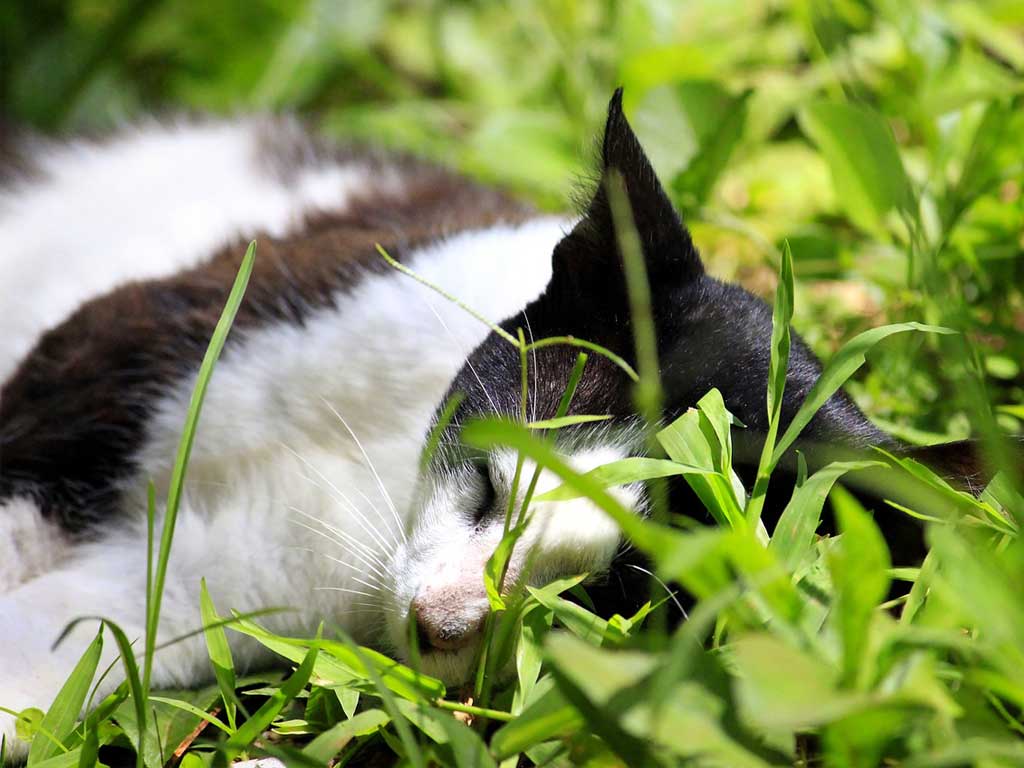

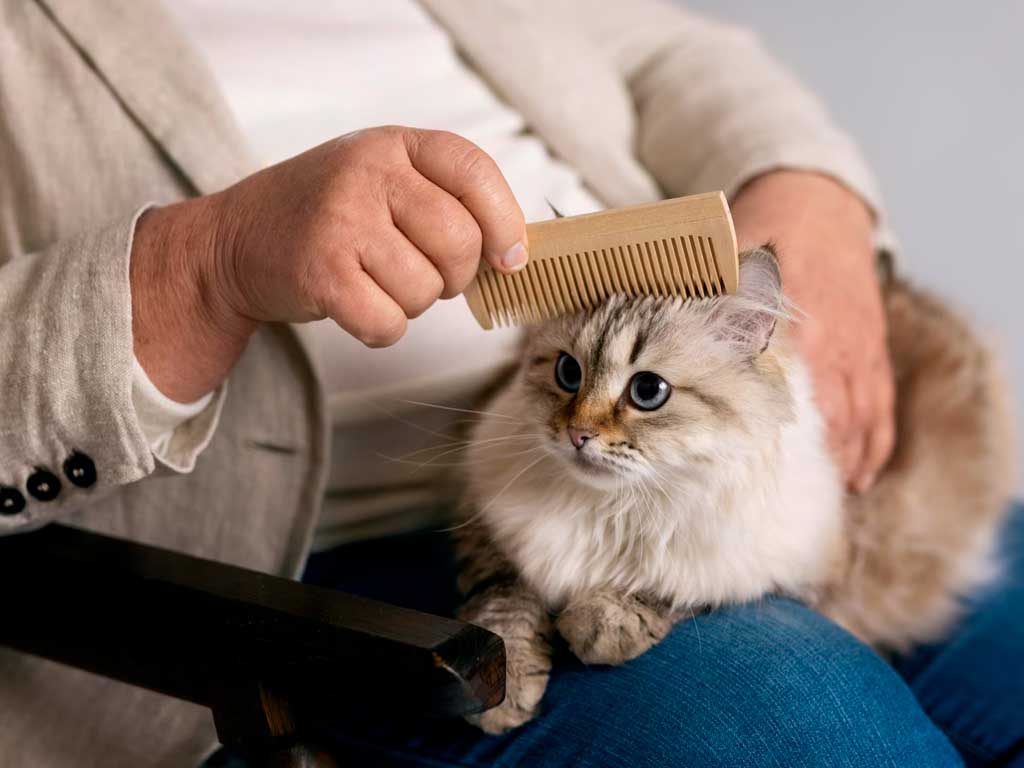





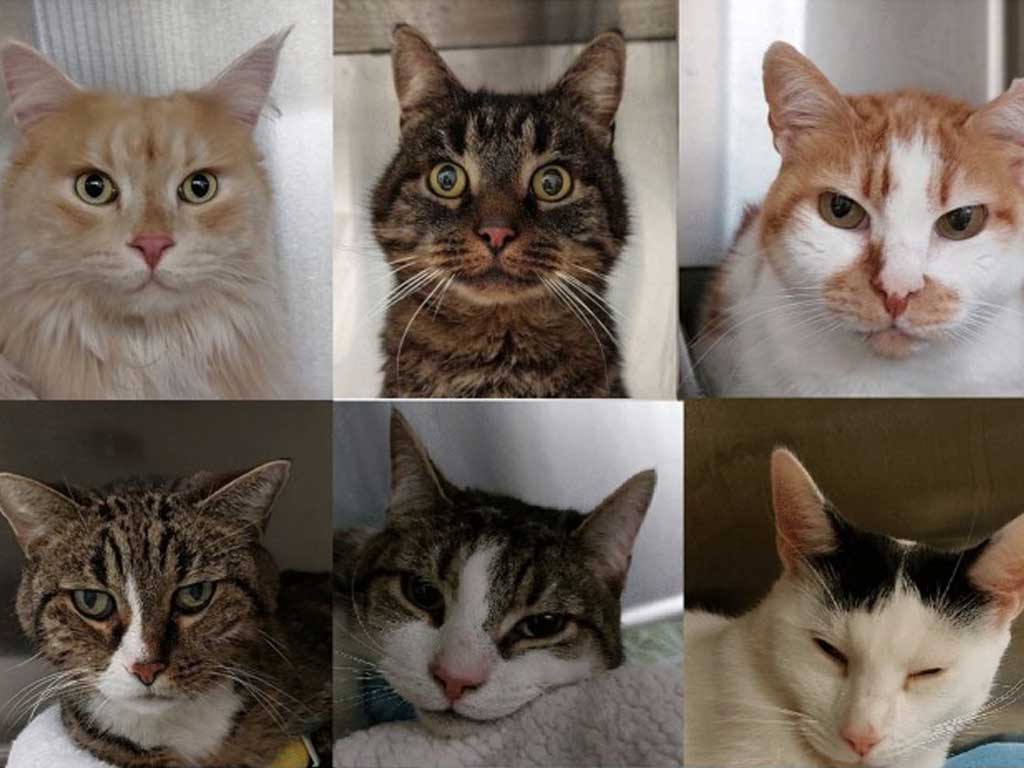

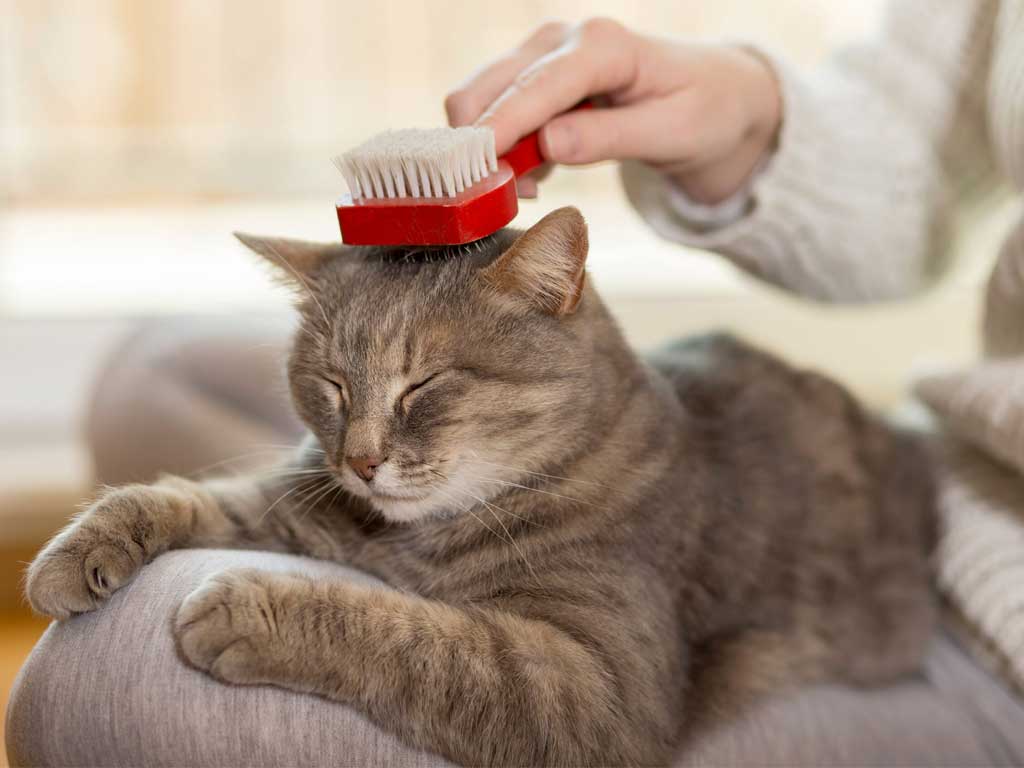


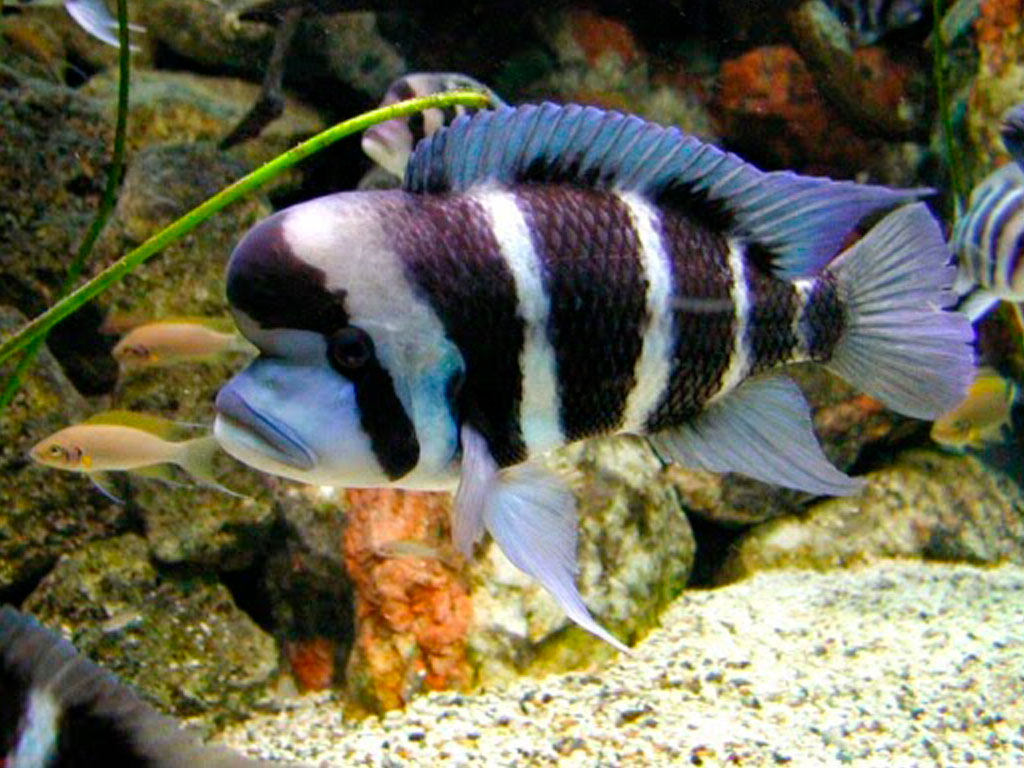

Leave a Reply